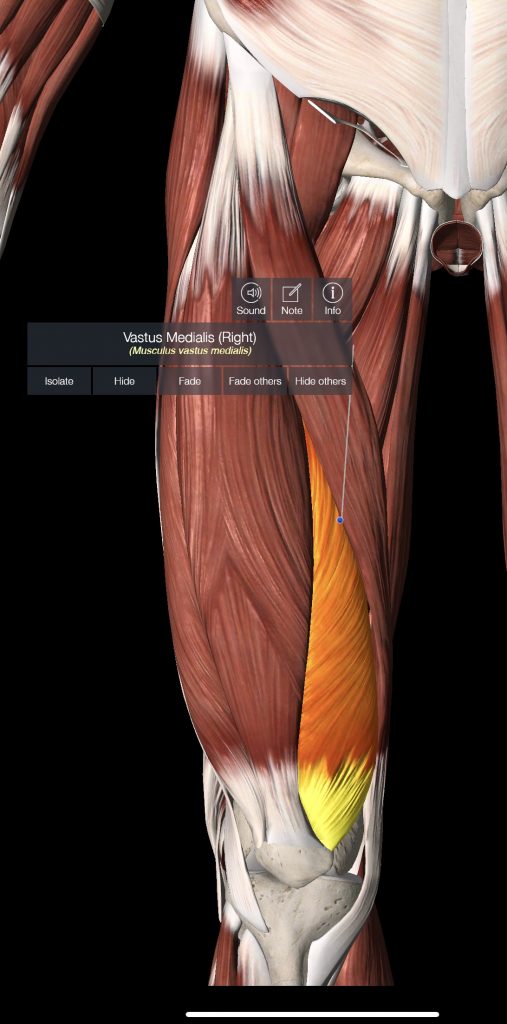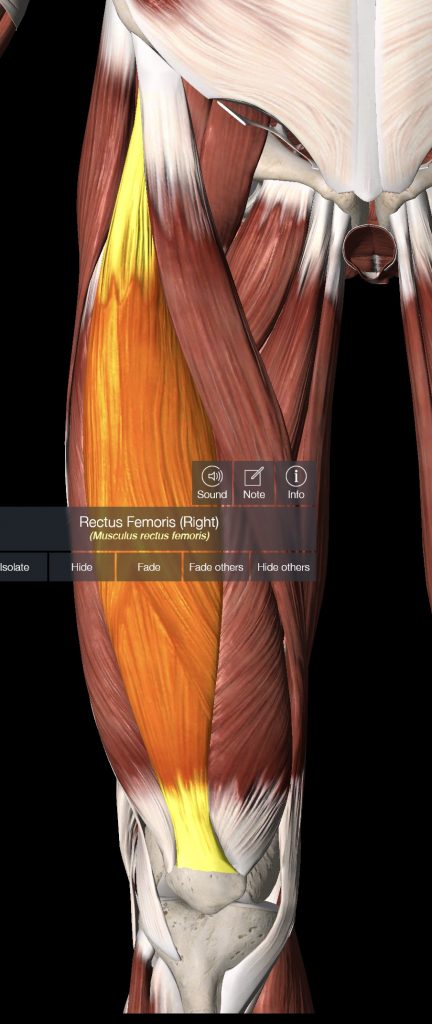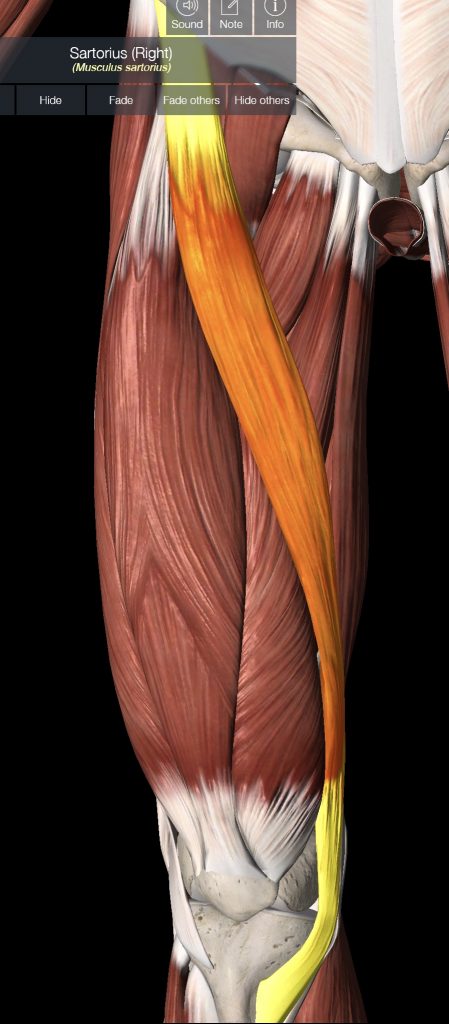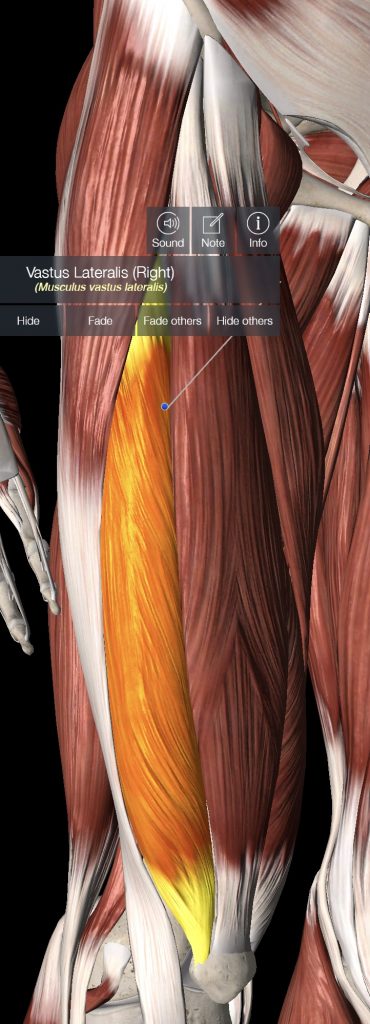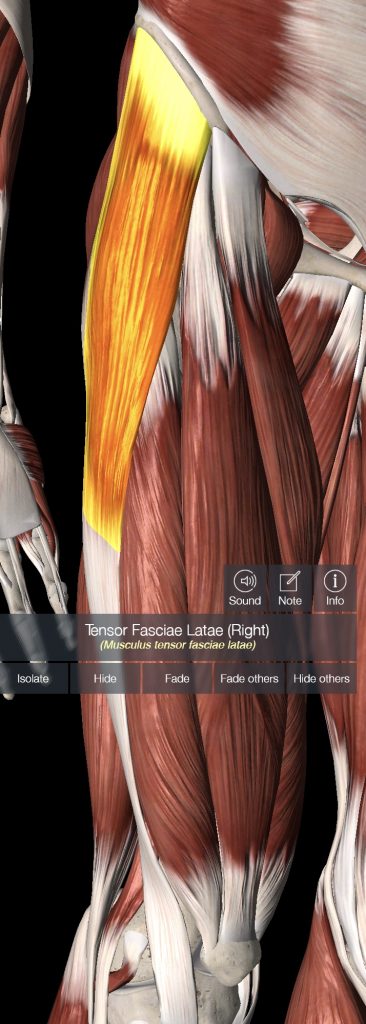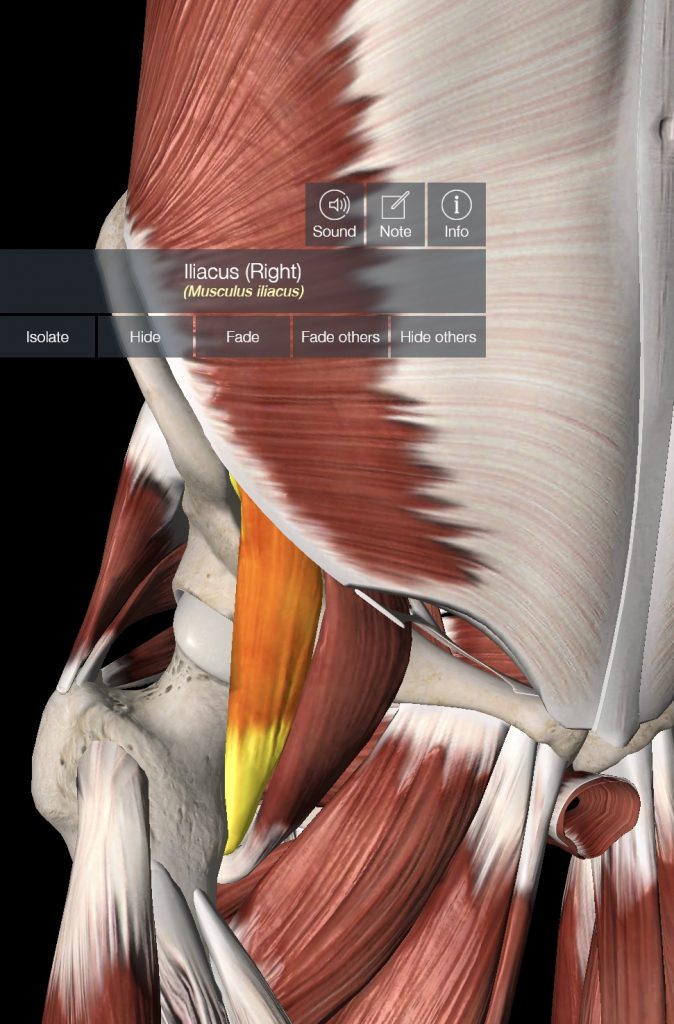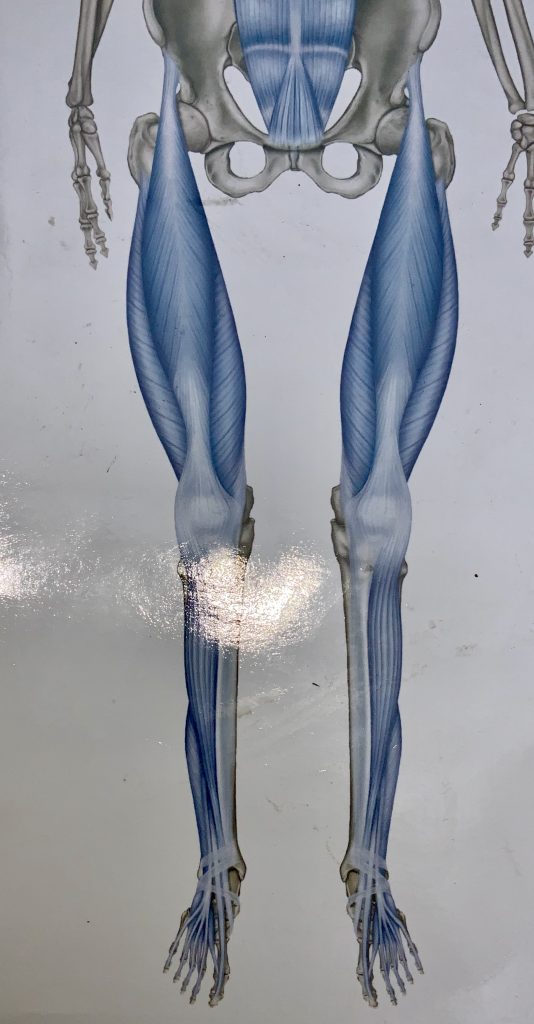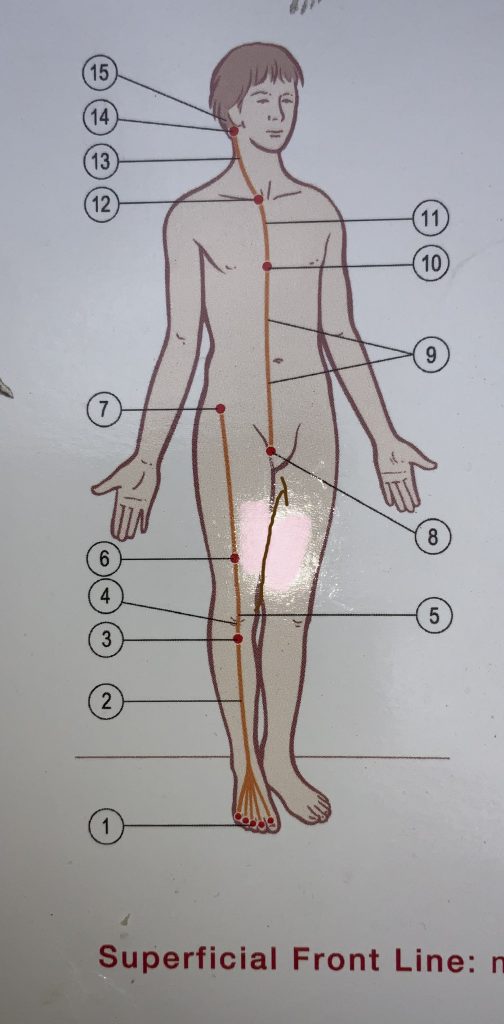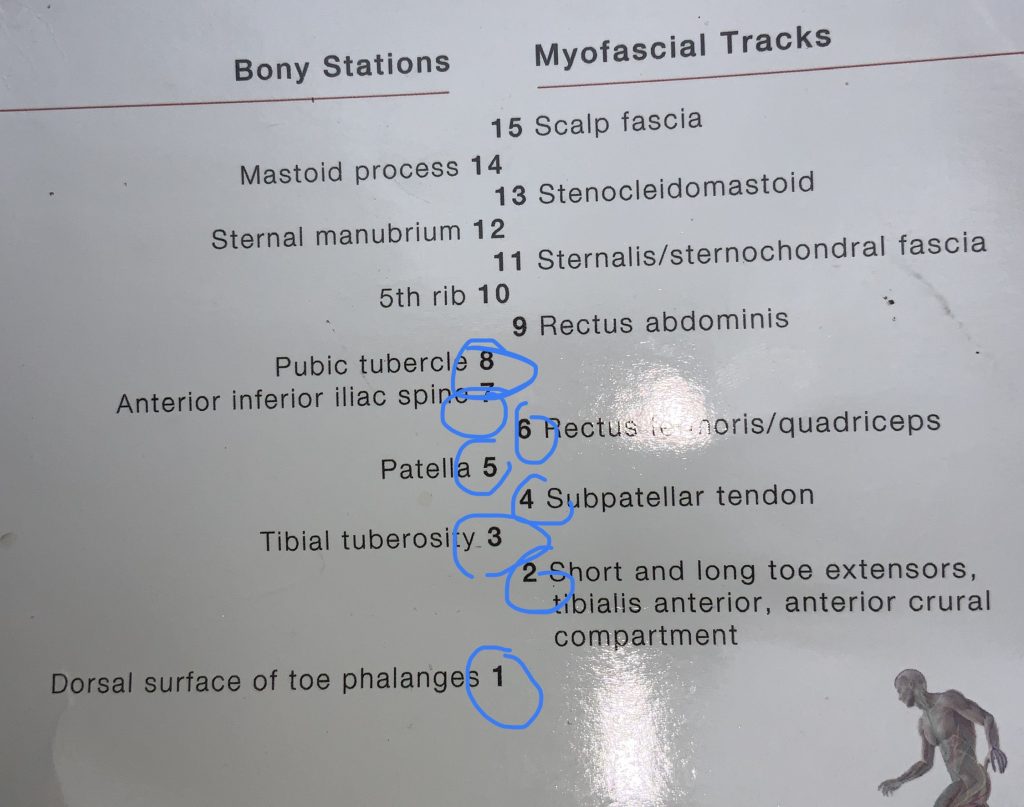Friday’s 5ive – 4/19/19
The Quad-Zilla Syndrome
What are they? There are four quadriceps that are powerful extensors of the knee joint. They are crucial in walking, running, jumping and squatting. Because the rectus femoris attaches to the ilium, it is also a flexor of the hip.
It’s really easy for most people to think in terms of muscles and their groups, but in reality if we spent more time focusing on the fascia that is wrapped around every muscle, organs, etc, we would better serve ourselves in helping to clean up our messes.
The quads can also become dominate over other muscles after you either learn a movement incorrectly, you are in a sport where the quads are doing a repetitive motion (running, biking, walking or even standing at work), or you’ve had an injury in the past. If your quads are always in some state of tension, then they can cause pelvis tilt forward more on one side, or trap the patella so that it can’t track properly. Once this happens then you can bet that you’re going to have either hamstring issues (pelvis tilts forward, then overstretches the hamstring…which attaches to the calves….which attach to the heel and all those lovely issues), or knee issues.
Above you can see how all these muscles (quads and hip flexors) are so interconnected with each other. Now visualize the ‘bags’ of fascia that covers all this tissue. Fascia has a communication system within its structure that is even more evolved than what we see with our nerves that are visible to the eye (and microscope). When you have a knot in your quad, generally it means that the fascia is holding on for dear life from either the injury there, or a stress response from emotion. Yes, we can hold emotions in our bodies at just about any location. Our tissues have memory, and sometimes it takes work to get the brain to tell that tissue that it’s time to let go.
But let’s take it a step further and look at the fascial ‘train’ that you can use to map out a simple plan to help let the quads let go of some of their tension.
The first picture represents the first layer of fascia in the Superficial Front Line. You can follow the diagram in the middle by just gently pressing and holding pressure and using the breath to help the Superficial Front Line to release. Find a sore spot, press and hold while you do deep belly breaths, until you feel it lessen in tension.
Another way to release the quads is to press into the tissue between the Vastus Medialis, and the Sartorius (see muscle picture #1 & #3). Find that space between the tissue and dig a thumb in there and hold and breath until the tenderness is gone (or you can feel the muscle relax). Work your way up that line, which is basically about mid quad on the inner thigh.
Then you can use two hands to grab a chunk of tissue up near the hip crease. Lift your leg up and down with your hand at that joint. Feel the tissues contract and lengthen. Sit down, and just grab a chunk of that tissue, squeeze and breath, and once it releases then some of the tension in the hip will disappear as well as the tension lower in the quadriceps.
Even if you don’t have tight quads (remember that no one wants tight quads) it is great for you to spend five minutes just going through either the fascial train line or getting the quads to release by yourself.

